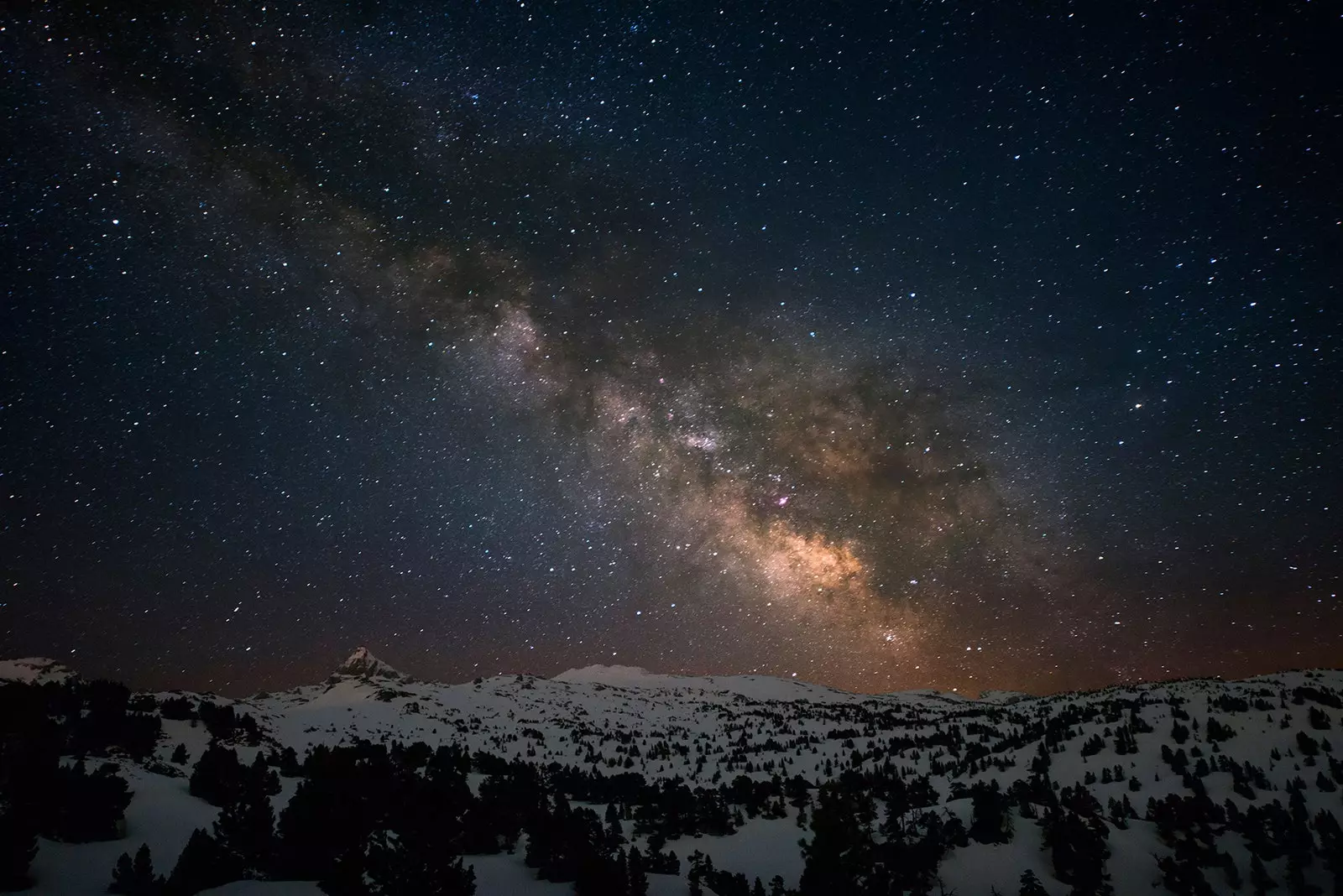
The great Spanish moors are perfect for astrotourism
“The human being has always looked at the sky trying to discover the origin of it, in search of answers to his very existence. For this reason, astrotourism goes beyond the mere satisfaction of contemplating the wonderful spectacle of a starry night. It is something that we all carry inside and that worries us.” These are the words of Luis A. Martínez Sáez, director of the Starlight Foundation, the first promoter of the star tourism
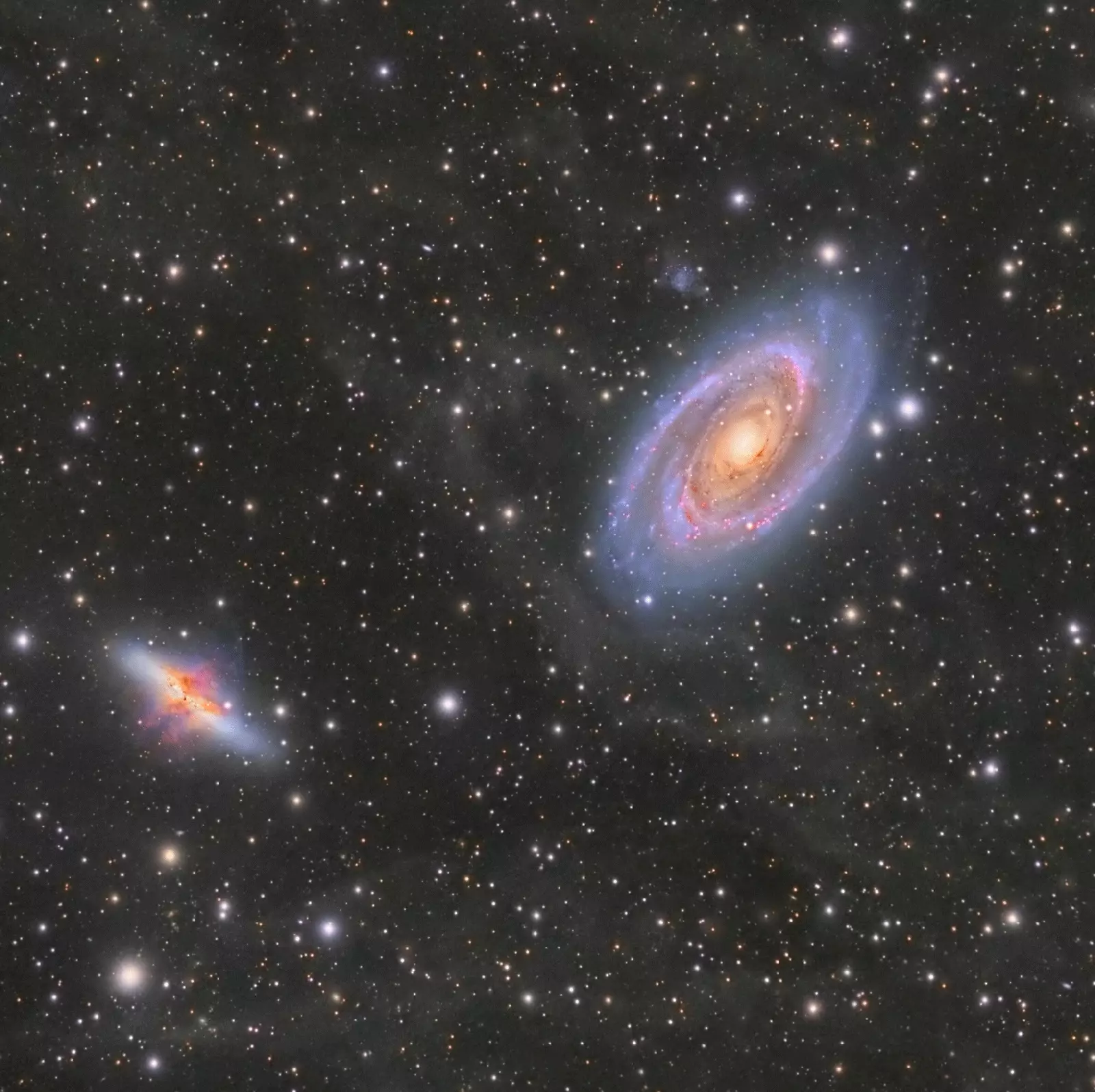
Galaxies captured from the Montsec Observatory
Planetary nebulae and supernova remnants exert a power of attraction that is already translated into a "spectacular" increase in the sector: the Teide National Park received 200,000 visits in 2016 to enjoy a Starlight certified night sky.
What does this denomination mean? "The concept was born here, on La Palma", explains the director of the Roque de los Muchachos Observatory, Juan Carlos Perez Arencibia. “It is based on the darkness of the sky as a cultural, scientific and tourist factor. Also environmental, because it protects nocturnal habitats”.
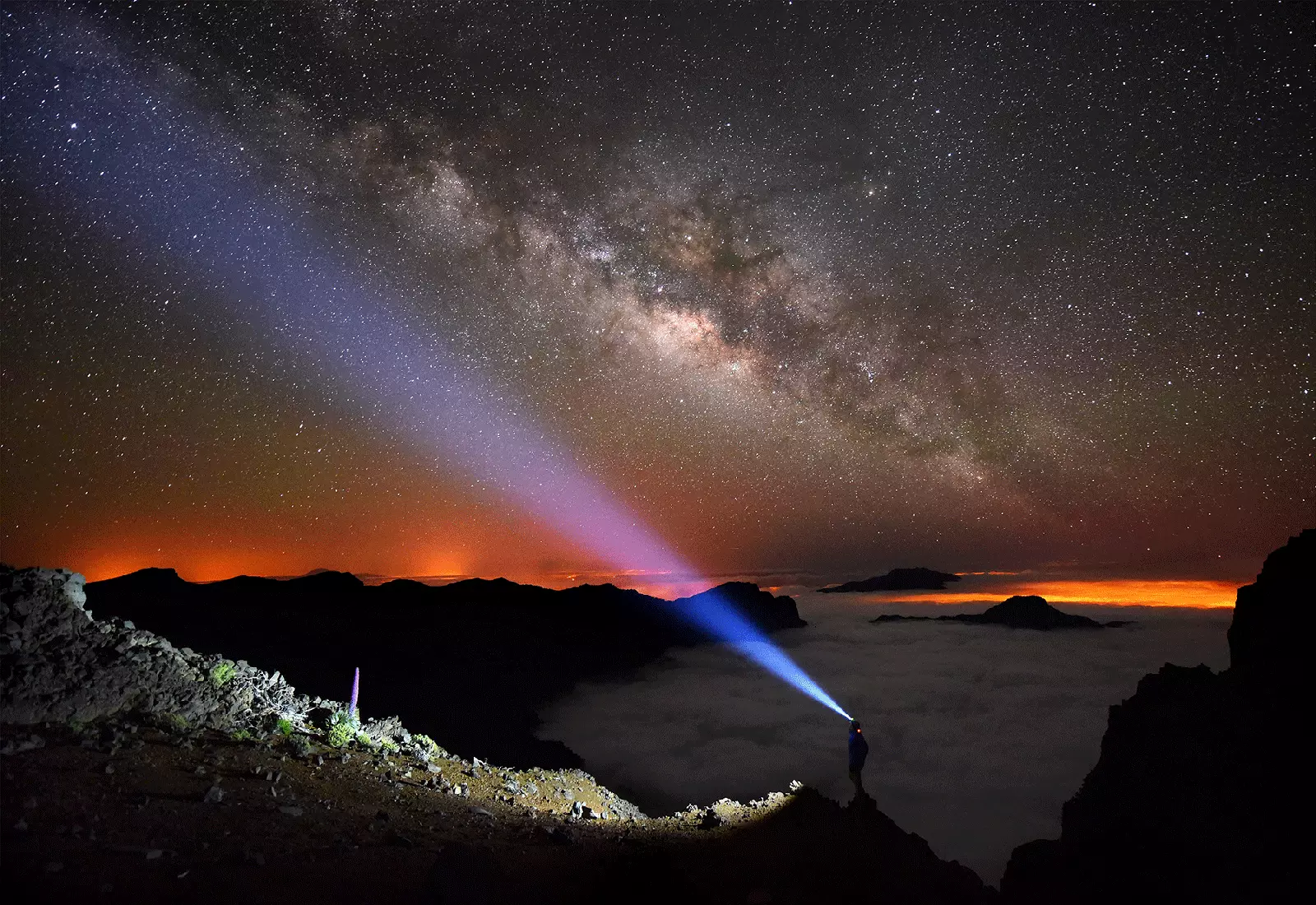
Milky Way from La Caldera de Taburiente (La Palma)
The island, which had already approved in 1988 the iconic law nicknamed 'from the sky' against light pollution, hosted an international conference in 2007 in which the World Tourism Organization, astronomical institutions and national parks participated. USA, Canada and Europe.
They then established a declaration sponsored by UNESCO to protect the sky, from which they have certified starlight places all over the world who meet certain requirements”.
They are fulfilled by the La Palma observatory, located in the north of the island, on the edge of the Caldera de Taburiente National Park. At 2,396m altitude , has absence of light pollution –there was no infrastructure when it was created, only shepherds– and favorable natural conditions. Specifically, unobstructed trade winds along the way and the sea as a thermal cushion, which result in very high laminarity many nights a year. In other words, the atmosphere provides a high-quality image that is hard to find anywhere else in the world (except perhaps Hawaii) .
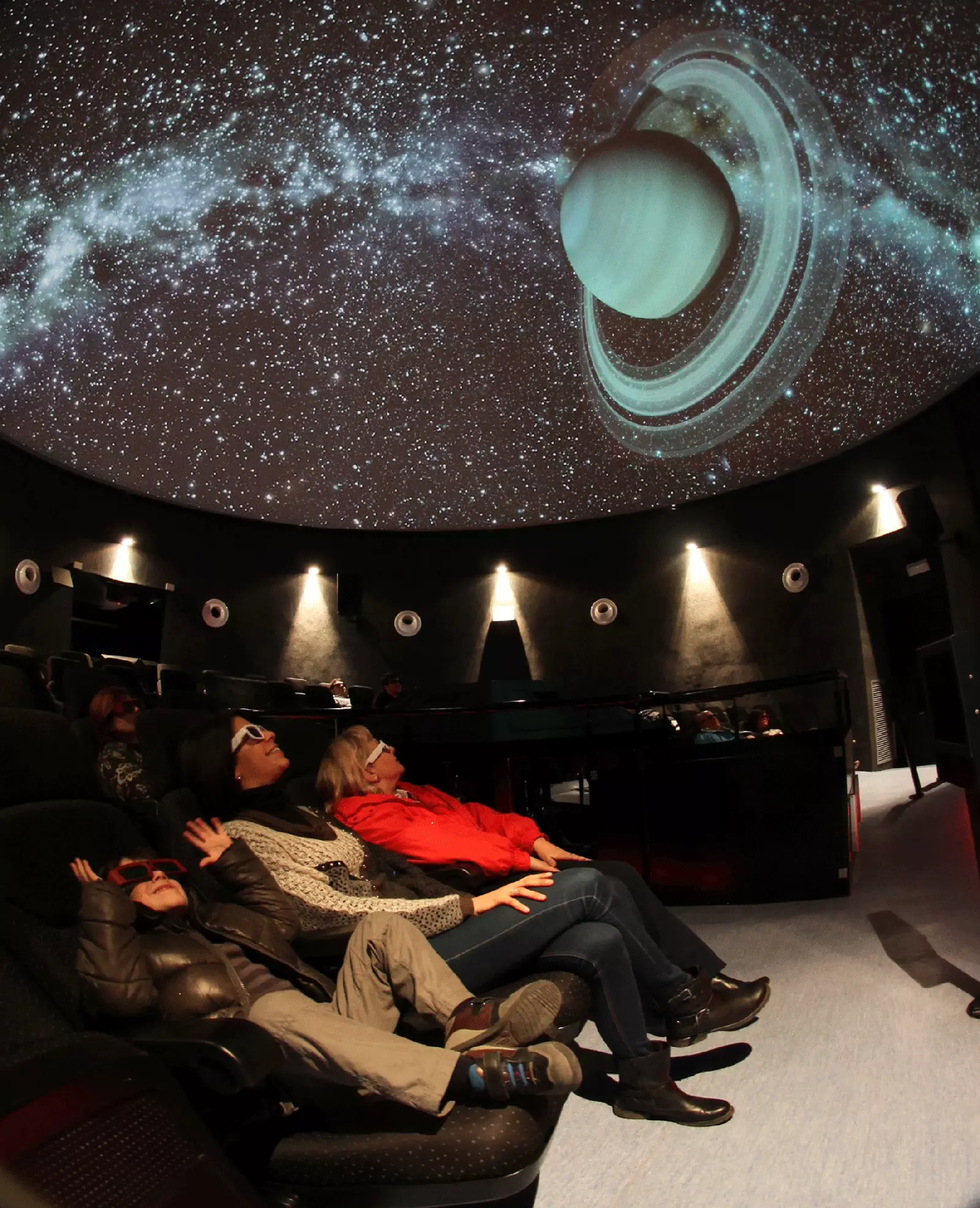
Astrotourism activity in Montsec
Hence, beyond scientific work, an important astrotourism fabric: many rural houses are being equipped with telescopes or observation monitors, the Starlight guides of the observatory are specifically trained to attend the visitor center and a kind of science museum, which aspires to become an icon of the island, will be operational to the fall of 2018.
The opening of an amateur observatory in the south with one-meter telescopes is also planned.
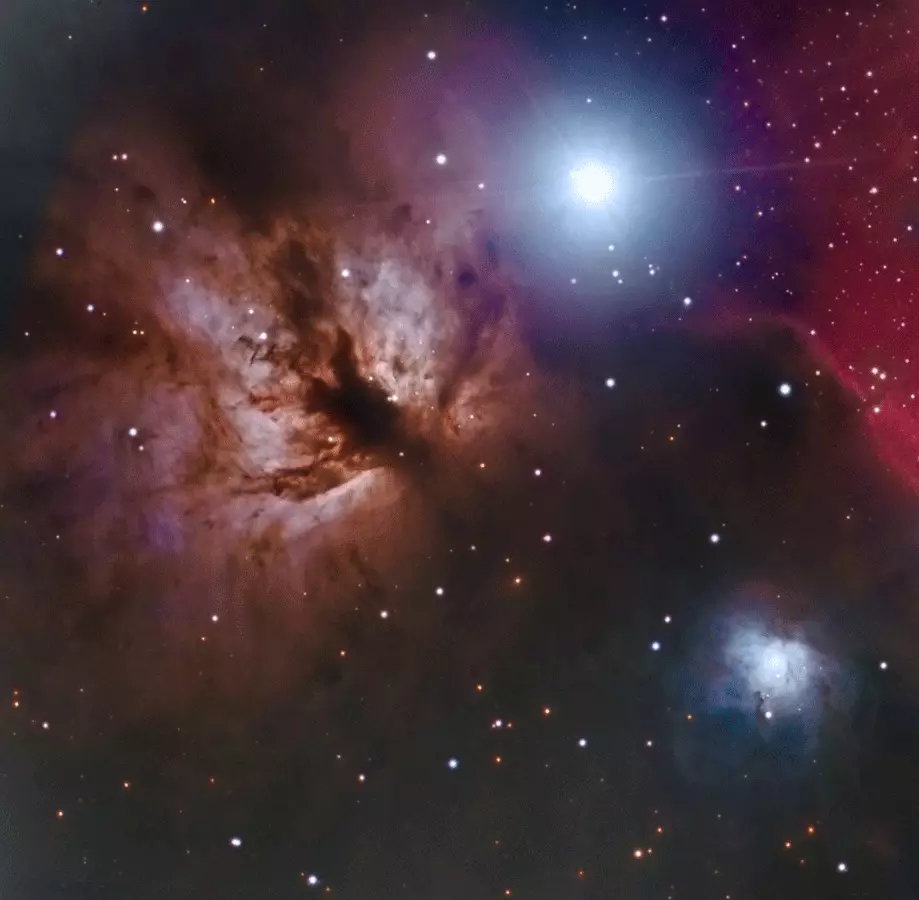
Orion constellation from Montsec
On the peninsula, other places have become aware of their privileged sky, with a large number of clear nights a year and prone weather, and have learned from the Canarian model. Near to javalambre observatory In Teruel, an outreach and entertainment center called Galáctica is being built and is expected to open its doors next year. It will have nine observation domes, in some of which fans will be able to leave their own telescopes.
Scientific rigor will differentiate this center from a theme park. "It is intended to be playful, but it is not just about observing, but about approaching astrophysics through technology," explains Javier Cenarro, director of the Center for Physics of the Cosmos of Aragon.
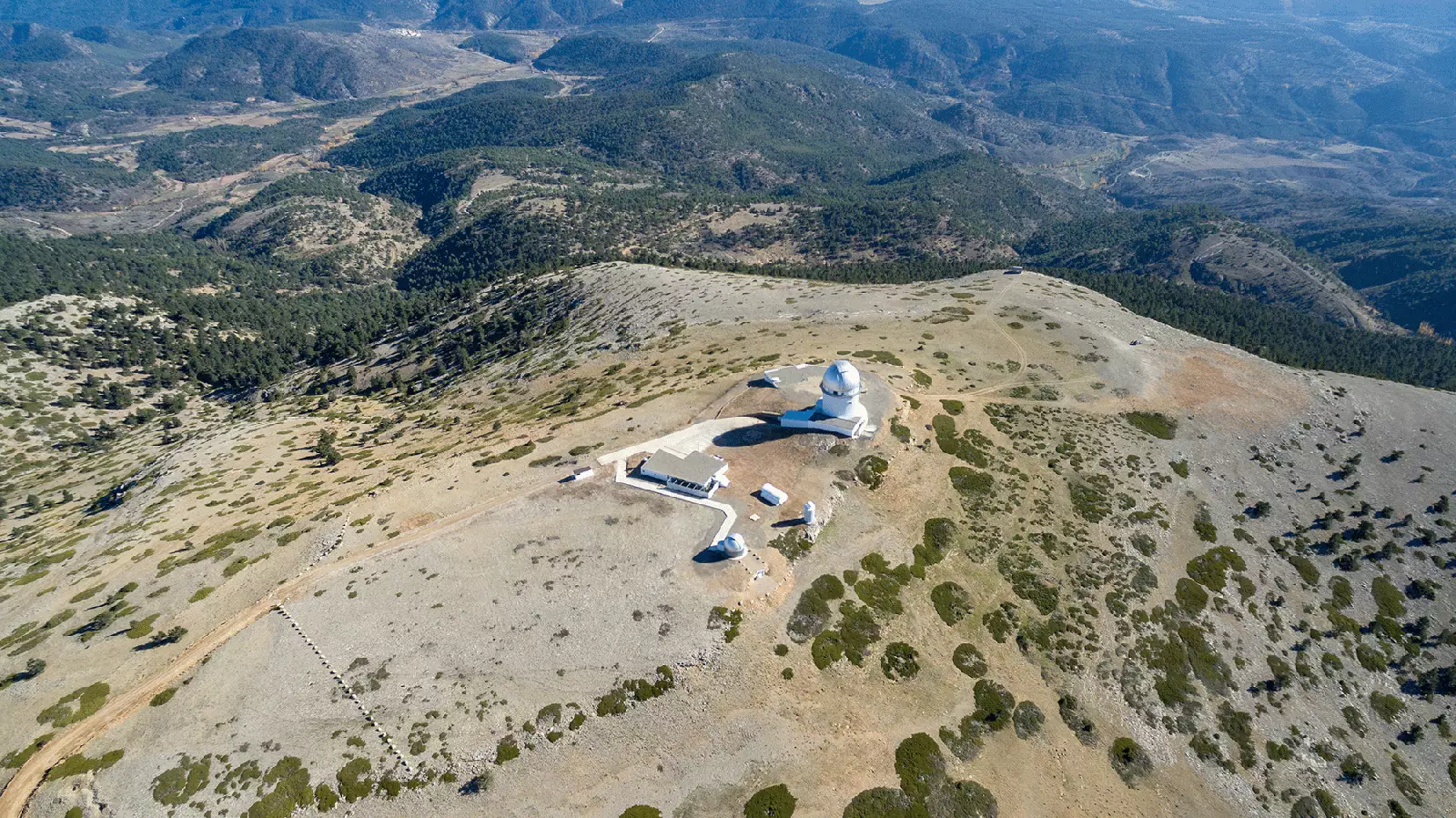
Javalambre Astrophysical Observatory (CEFCA)
"Tourism is changing - he adds -, different, more cultural experiences are sought". What distinguish a supernova. "It generates addiction," says Javier, whose project seeks to attract "families with children, scholars and freaks alike."
“The astrotourist usually has some notions of astronomy, a certain economic base –it is not a cheap hobby– and a great motivation. Many are willing to climb a mountain 2,500 meters high in the middle of a dark night”, suggests Alessandro Ederoclite, coordinator of Scientific Operations at the Javalambre Astrophysical Observatory, which is not officially open to the public except for summer school, but plans to do it soon on weekends.
The team from the ** Parc Astronòmic Montsec, in Lleida,** also moved to La Palma in 2001 to learn about the application of sky protection. Now he combines the research work of his observatory with the Center d'Observació de l'Univers, open to the public.
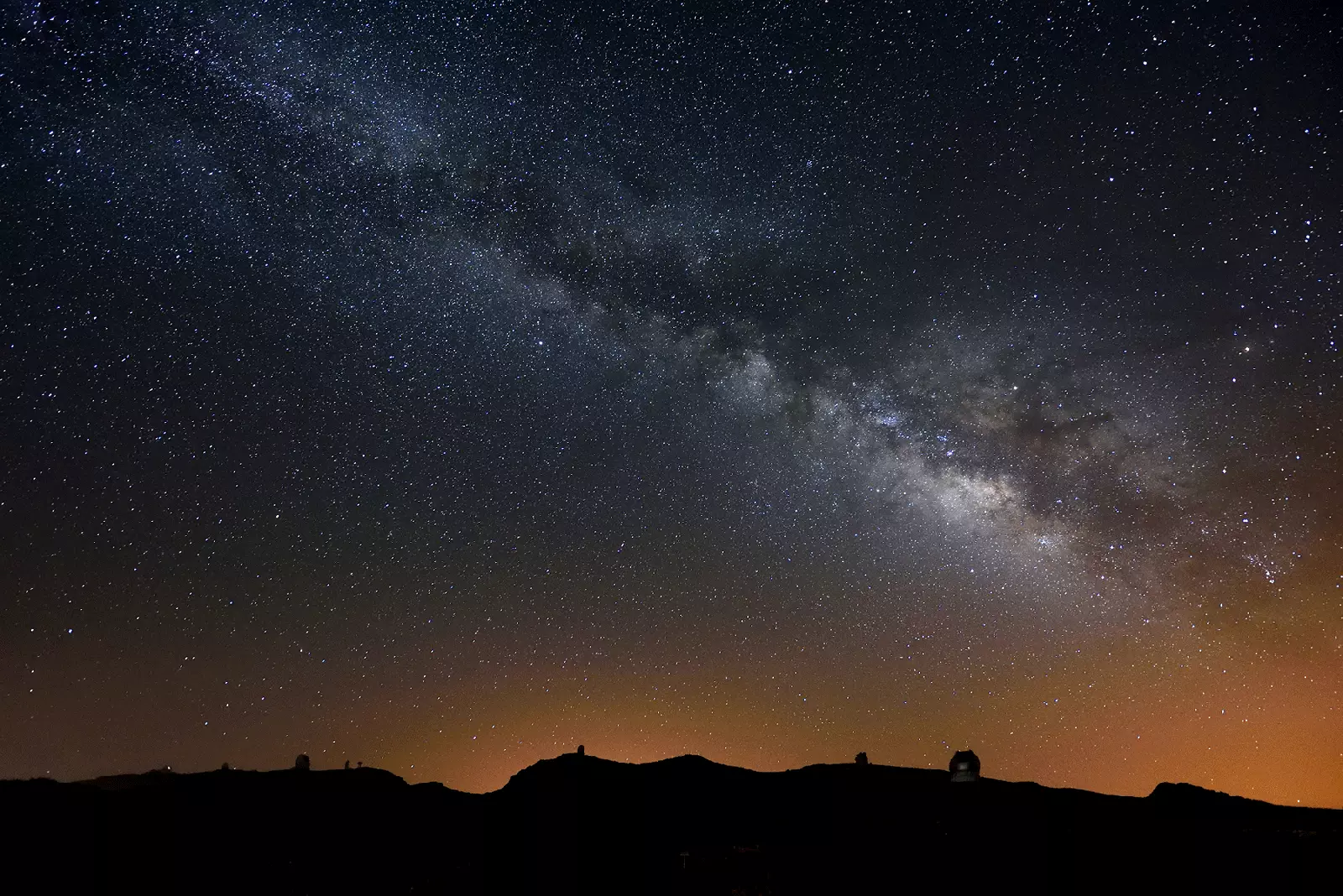
Milky Way from La Palma
“We have a sky free of light pollution certified as a Starlight Tourist Reserve and Destination, and we have a 3D planetarium the only one in the world that allows the dome to be opened and the real sky visible to the visitor”, explains Salvador J. Ribas, scientific director.
It also has a pioneering observatory-classroom where 68 people can follow the observations of the telescope and its operation. The economic impact is not negligible: its visitors – who have gone from 21,000 in 2013 to 32,000 today – generate more than 1.3 million euros in accommodation, restaurants, etc.
Another point of interest is in the Sierra de Los Filabres, in the north of Almeria. There the company azimuth brings science closer to society with visits to the Calar Alto Observatory.
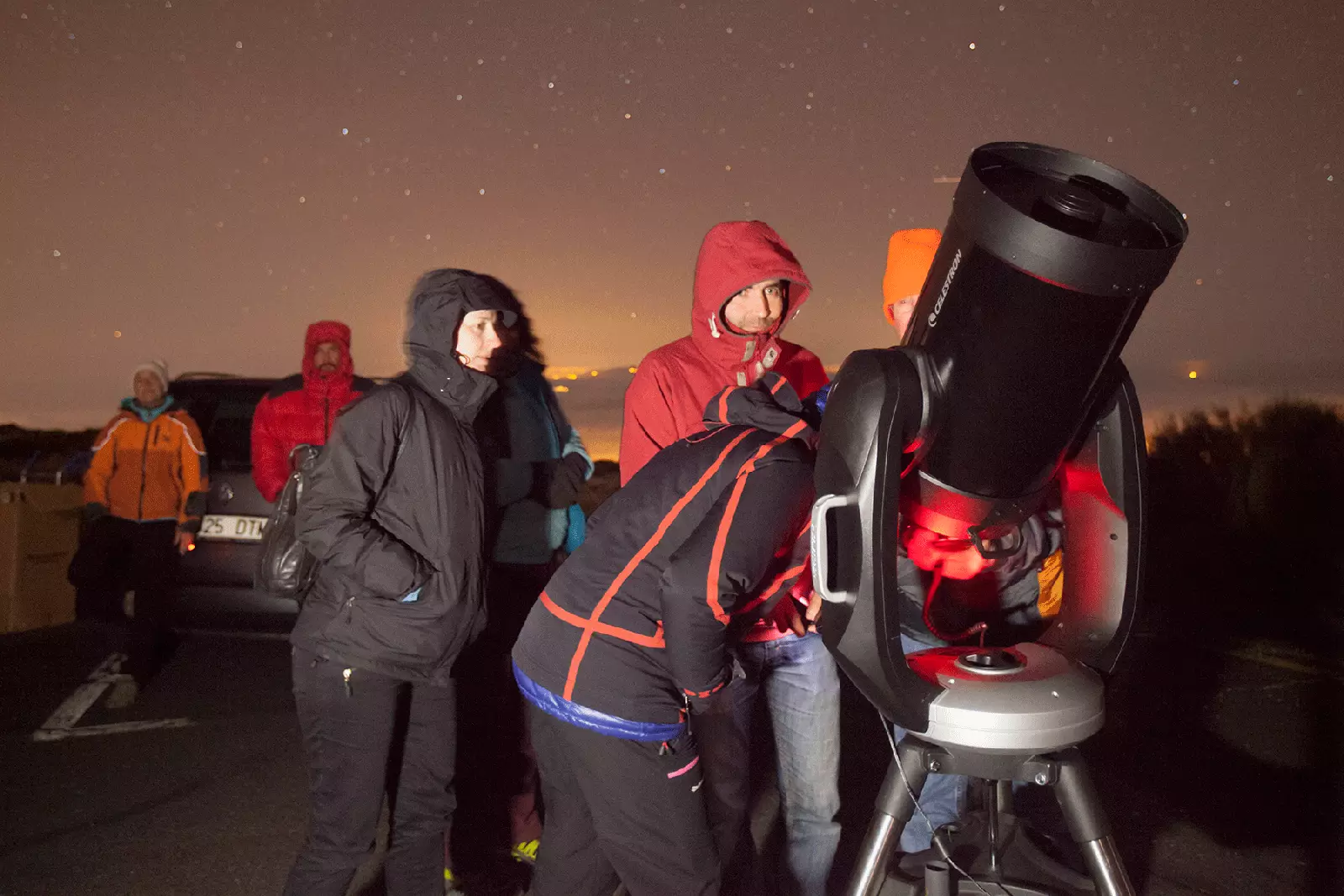
Training of monitors of the Starlight Foundation
“Its easy accessibility throughout the year, together with the good weather, makes it suitable for astronomical observation. 70% of the nights, even in winter”, explains Víctor Manuel Muñoz, doctor in extragalactic astrophysics.
The activity of the Astronomer for a night consists of the use of a professional telescope of more than one meter in diameter, complemented by a dinner in the observatory itself and access to areas of normally restricted use. They also carry out daytime visits with didactic and informative talks, whose main course is the visit to the 3.5 m telescope.
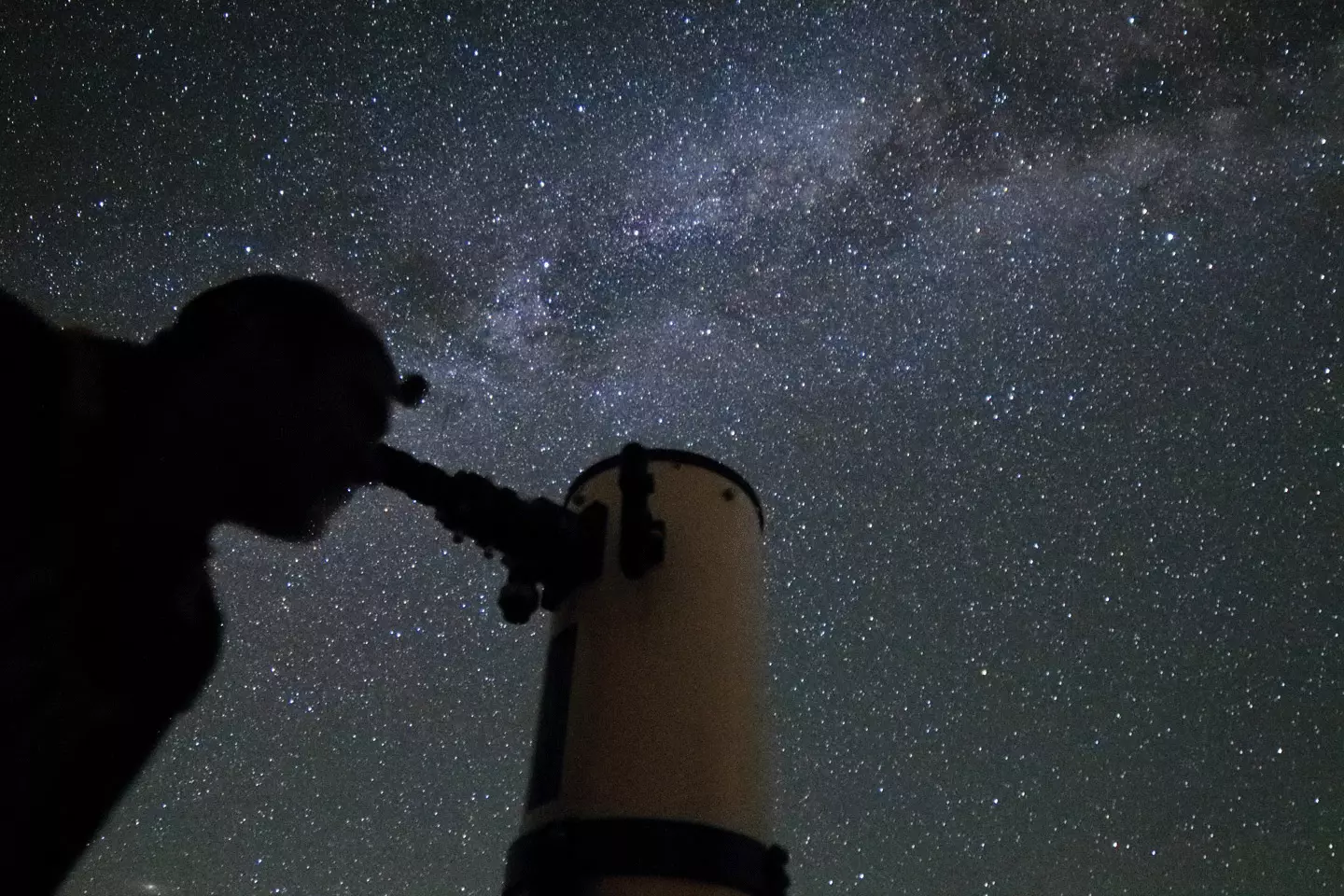
Observing the starry sky with Azimuth
Outside of Spain, Chile is one of the countries that is most committed to astrotourism. In the south, in the region of La Serena-Coquimbo, there are observatories with top-level instruments such as ** La Silla, Las Campanas and Cerro Tololo,** as well as private entrepreneurs, hotels with their domes... All around, only desert .
"It is expected that in a few years the country will have 70% of the world's astronomical capacity in its territory," says Nicolás Lira T., from ALMA, an observatory opened in 2013 that receives some 4,000 visits a year (every weekend , prior free registration on its website).
In the same region, Antofagasta, there are many others. Highlights include ESO's VLT, which accepts visits on weekends, and the E-ELT is being built nearby, which aspires to be the world's largest ground-based optical telescope.
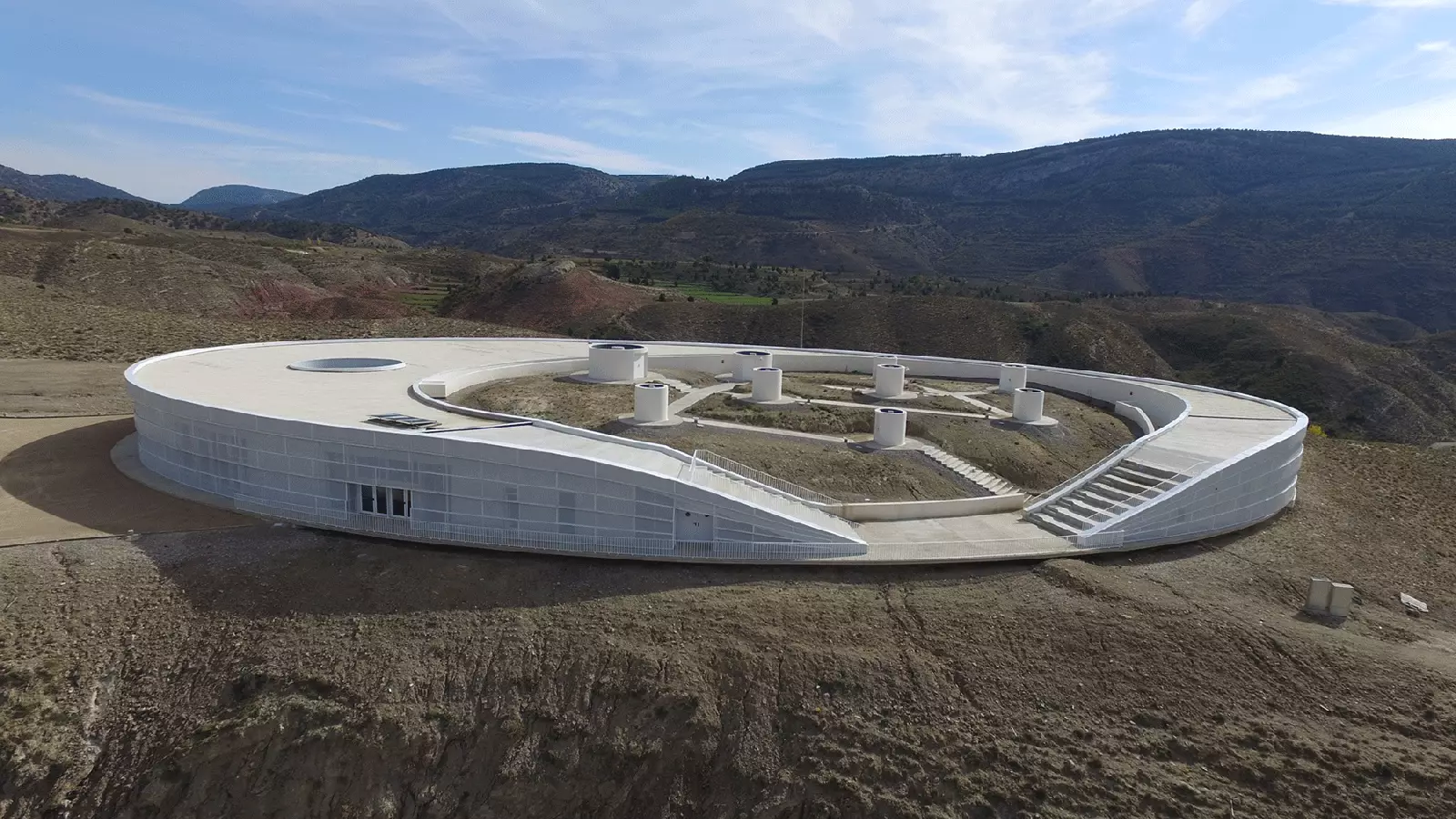
The impressive Galactic Center, in Teruel, currently under construction
“Since 2009 we have certified astronomy guides who carry out tours and observation through telescopes. The main dish? Saturn, Jupiter and their moons”, comments Diego Berenguer, director of the ** Cancana Observatory in Cochiguaz,** almost 1,570 m inside the Elqui Valley. In this valley, where they boast of having the cleanest skies in the world –according to the International Union of Astrophysicists–, is the Chakana tourist observatory, which offers astrophotography activities.
More points of interest on the globe? The Canary Islands and Chile are followed in supply, at a great distance, by Argentina, Venezuela, Mexico, Australia and New Zealand. With the upward trend, there will be time to see lunar craters and Saturn's rings. But not infinite time, says Pérez Arencibia. “The universe was in an atom; we thought that gravity would stop the expansion, but new theories say that it would not. If in a hundred billion years we peek into the universe, there will be nothing."
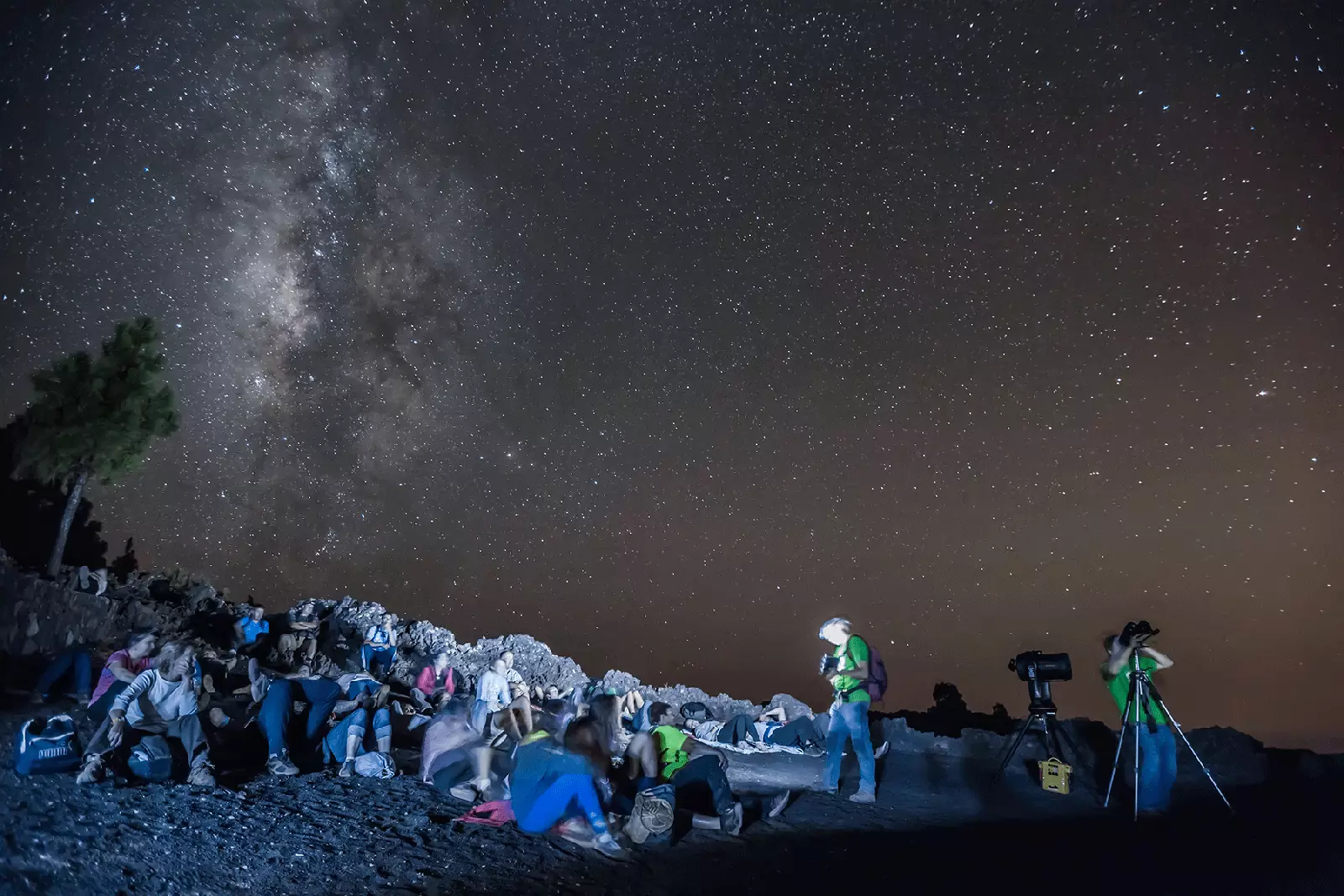
Astrotourism activities in La Palma
